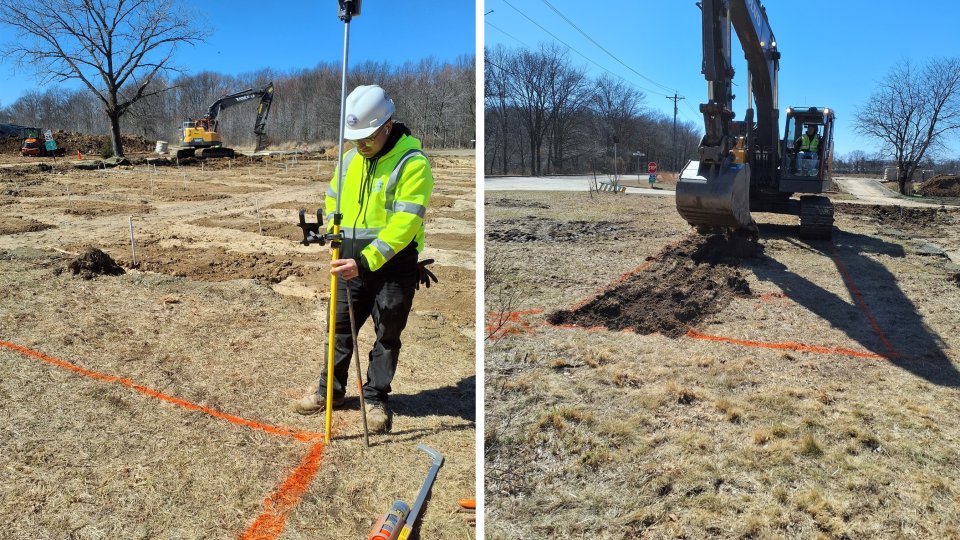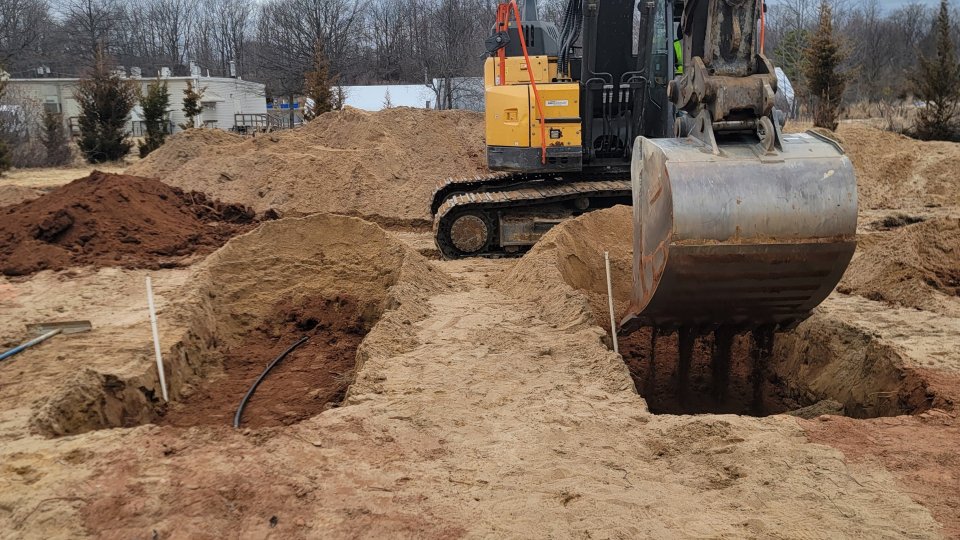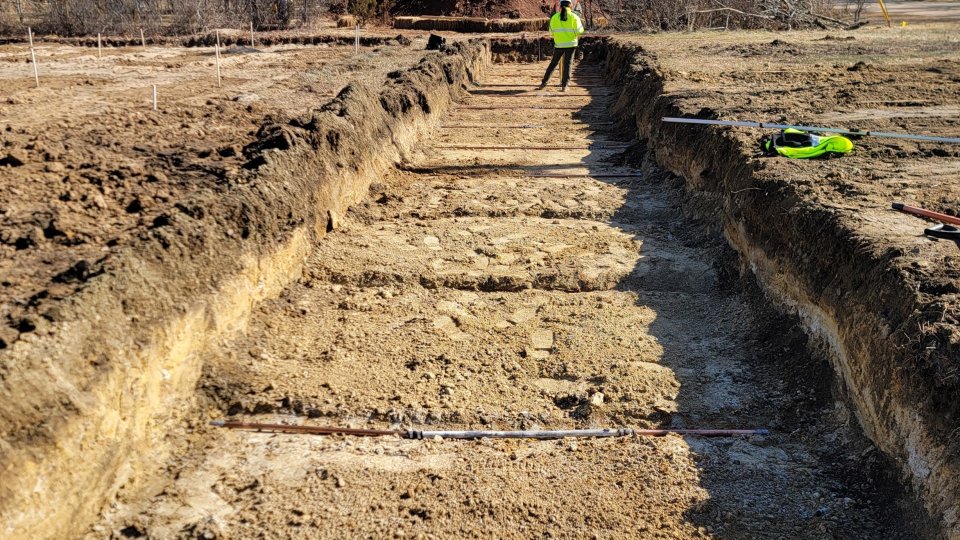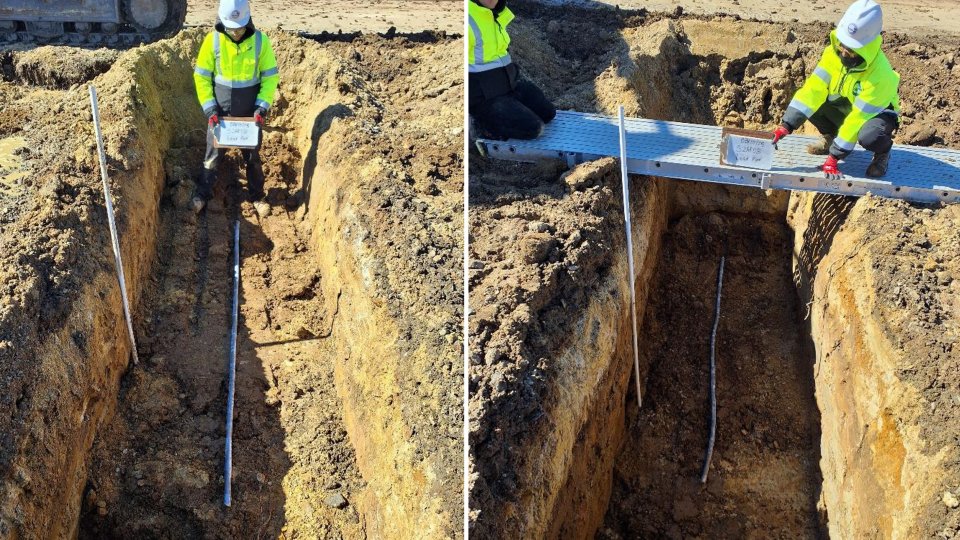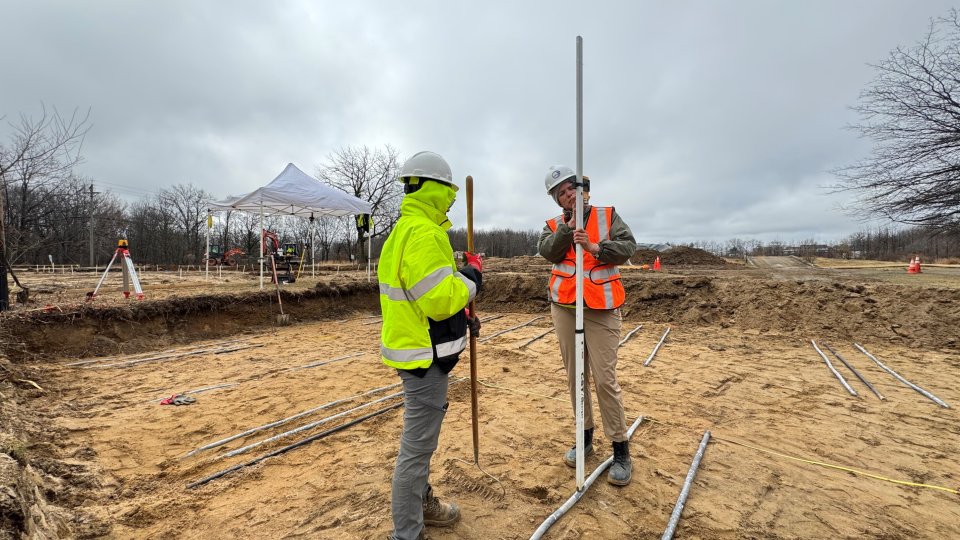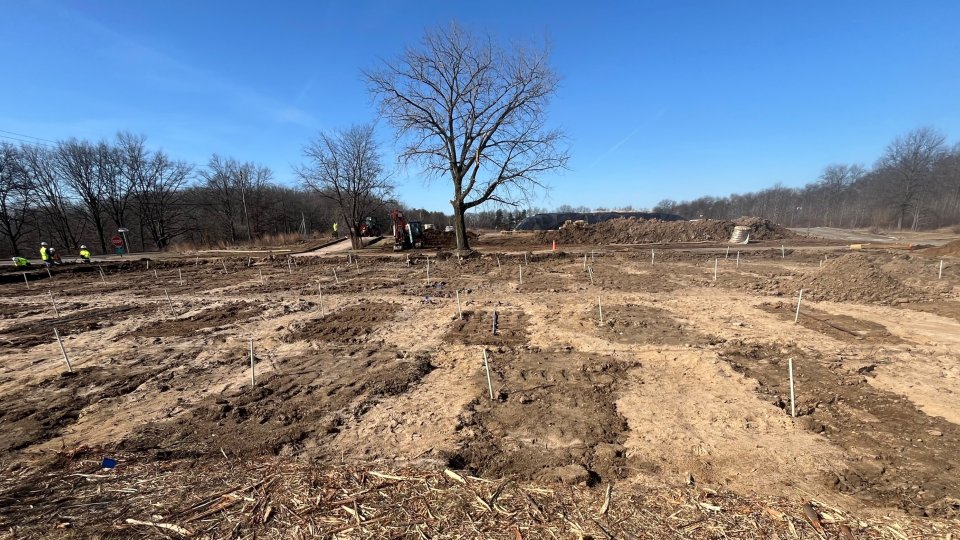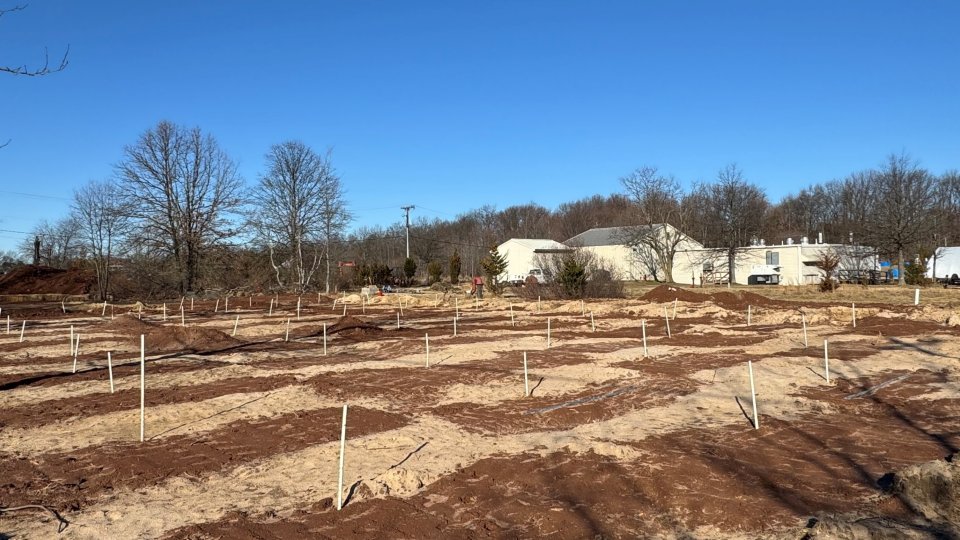Lead Service Line Identification Test Bed
A test bed for evaluating emerging lead service line identification technologies
Across the United States, there are over five million known lead service lines that remain in use in water distribution systems, and tens of millions of service lines of unknown material. Reliable, minimally invasive methods to identify lead service lines could save billions of dollars and protect public health.
EPA researchers installed a test bed at the EPA’s Edison Environmental Center in New Jersey to evaluate potential lead service line identification technologies.
The test bed allows researchers to gather performance data necessary for states, public water systems, and regulators to make informed decisions. While not a certification program, the test bed provides a stable location with controlled conditions to evaluate potential technologies in a consistent and independent manner.
Design & Capabilities
The test bed contains six different pipe sections to evaluate various performance attributes and capabilities of emerging technologies:
- Section 1 mimics a service line connecting the water main to a residence to evaluate technologies that look across an entire service line. Each of the buried pipes can be pressurized and incorporates typical construction components.
- Section 2 facilitates evaluation of whether a technology can determine different service line materials at different depths in different soil types, such as sand, silt, and clay.
- Section 3 is used to determine whether a technology can distinguish between water and gas lines and other materials when they are buried near each other.
- Section 4 demonstrates if a technology can identify whether the service line has lengths of different materials in segments or series, such as copper and lead.
- Section 5 allows evaluation of issues not necessarily addressed in Sections 1-4. Pipes of various materials will be available for burial so that additional aspects can be evaluated.
- Section 6 provides a location for calibrating technologies with pipes of known material at known depths in preparation for testing in the other sections.
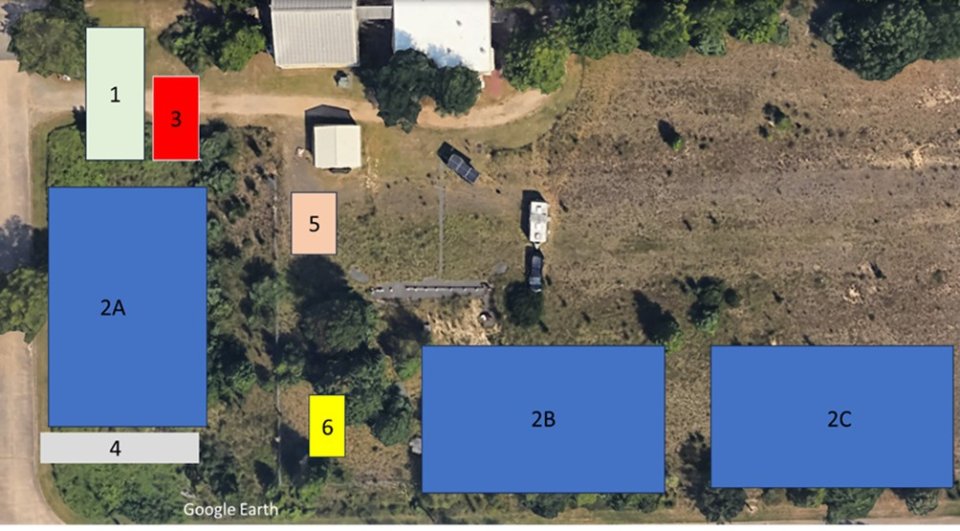
EPA Research
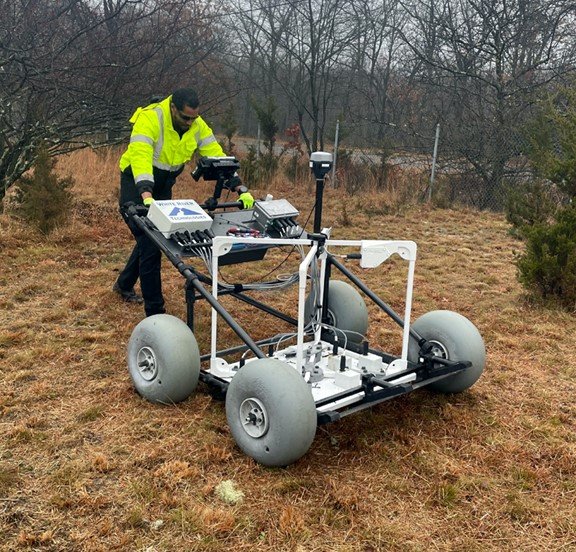
EPA’s state-of-the-technology review1 lists emerging and commercially available, minimally invasive lead service line identification technologies and their stage of development. EPA will test these lead service line detection technologies in the test bed, such as metal detectors.
The research will inform state regulators and other interested parties about the accuracy, performance, and ease of use of emerging technologies. Moreover, it will spur additional research and development of promising technologies to help bring them to market more rapidly.
Background
When drinking water flows through lead service lines, lead can enter the water, especially when the water has high acidity or low mineral content that corrodes the pipes. This can result in elevated lead concentrations at the consumer’s tap. As part of amendments2 to the Safe Drinking Water Act, Congress prohibited installing new lead service lines, but many legacy pipes remain. EPA’s survey of the states suggests that more than five million known lead service lines are still in use with an estimated 20 million service lines where the material is unknown3.
Under the Lead and Copper Rule Improvements, public water systems must replace nearly all lead service lines by 2037. Unfortunately, historical service line installation records are often missing or inaccurate, necessitating other methods to determine service line materials. Excavation can be used; however, it is disruptive, costly, may result in lead release, and only provides information about the small pipe segment exposed, which may not reflect the entire pipe length. Having an accurate, reliable, and minimally invasive method to identify lead service lines could reduce billions of dollars in costs to public water systems and protect the health of millions of people.
This work supports the Drinking Water State Revolving Fund and the implementation of the Lead and Copper Rule and its revisions.
Collaboration Opportunities
The test bed is open to possible collaborators, such developers of potentially viable technologies to be tested, as well as states, water utilities, universities, and other organizations interested in lead service line identification research.
For more information on collaborative opportunities, please contact:
Michael Borst
Project Technical Lead
borst.mike@epa.gov
Colin White
IIJA-LSL Project Coordinator
white.colin@epa.gov
Christina Devine
Project Team Member
devine.christina@epa.gov
Regan Murray
Director, Water Infrastructure Division
murray.regan@epa.gov
Related Resources & Research
- Drinking Water Technical Assistance in Support of the Infrastructure Investment and Jobs Act
- Lead Service Line Technical Assistance in Support of the Infrastructure Investment and Jobs Act
- Drinking Water Infrastructure Resilience and Sustainability Research
1USEPA (2024), Review of Minimally Invasive Technologies for Detecting Lead Service Lines Without Excavation
3USEPA (2023), Drinking Water Infrastructure Needs Survey and Assessment (7th Report to Congress), EPA 810-R23-001.

